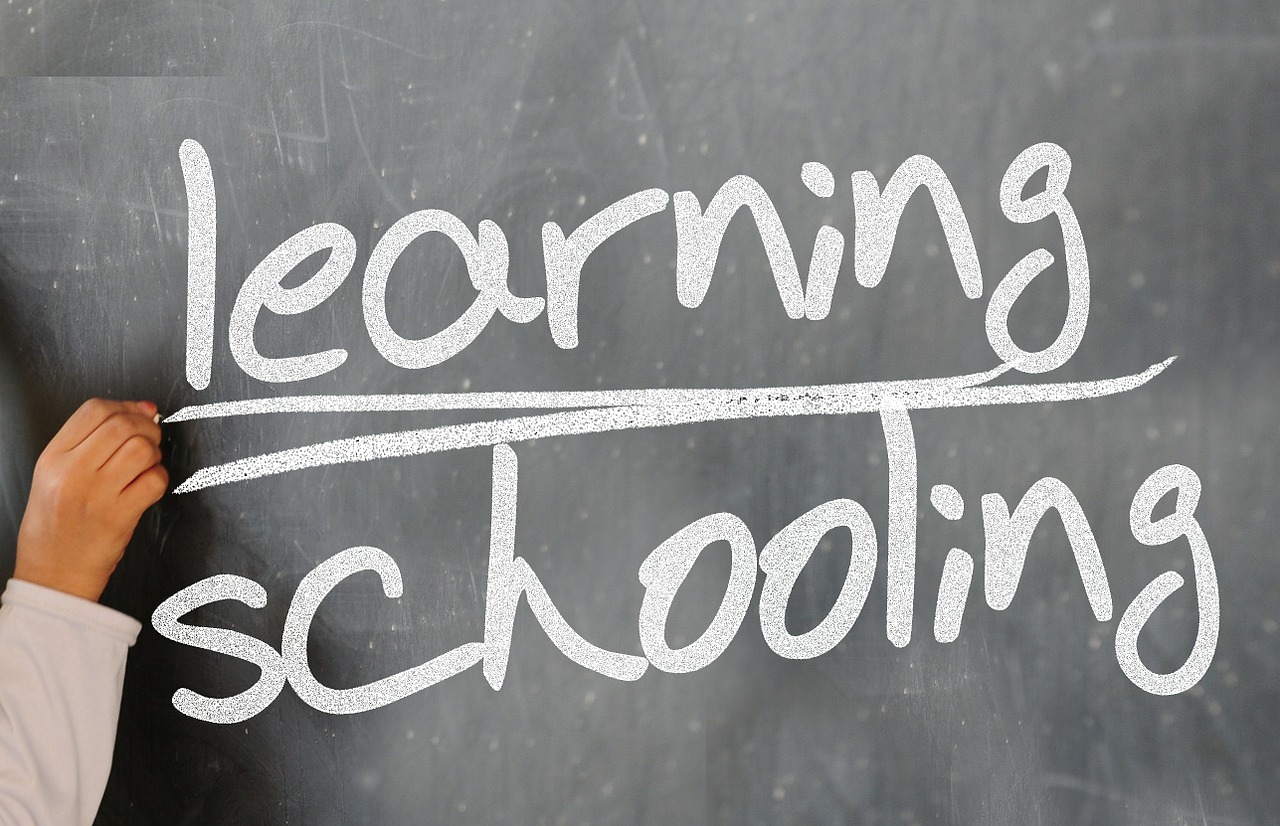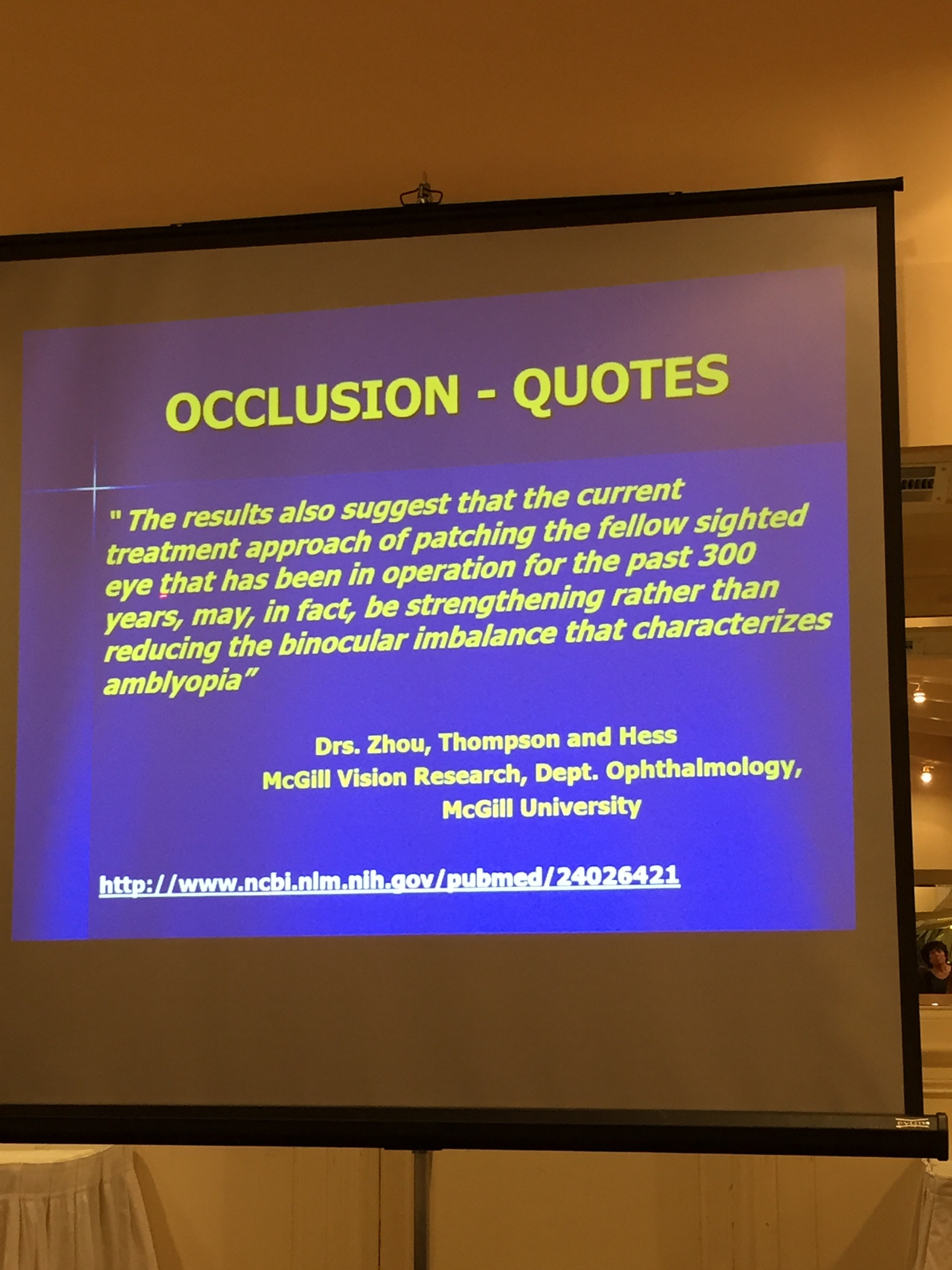Children’s Vision Month
Did you know? Each year, less than 14% of children entering grade one has had an eye exam by a doctor of optometry. This is despite the fact that an estimated one in four has a vision problem significant enough to impair their ability to learn.
Read how this can affect a child’s learning in the Doctors of Optometry blog post all about Children’s Vision Month
Even if your child has “20/20 vision,” they still need to have an eye exam. The Canadian Association of Optometrists recommends infants have their first eye examination between six and nine months of age, at least one eye exam between the ages of two and five, and annually during the school years.




